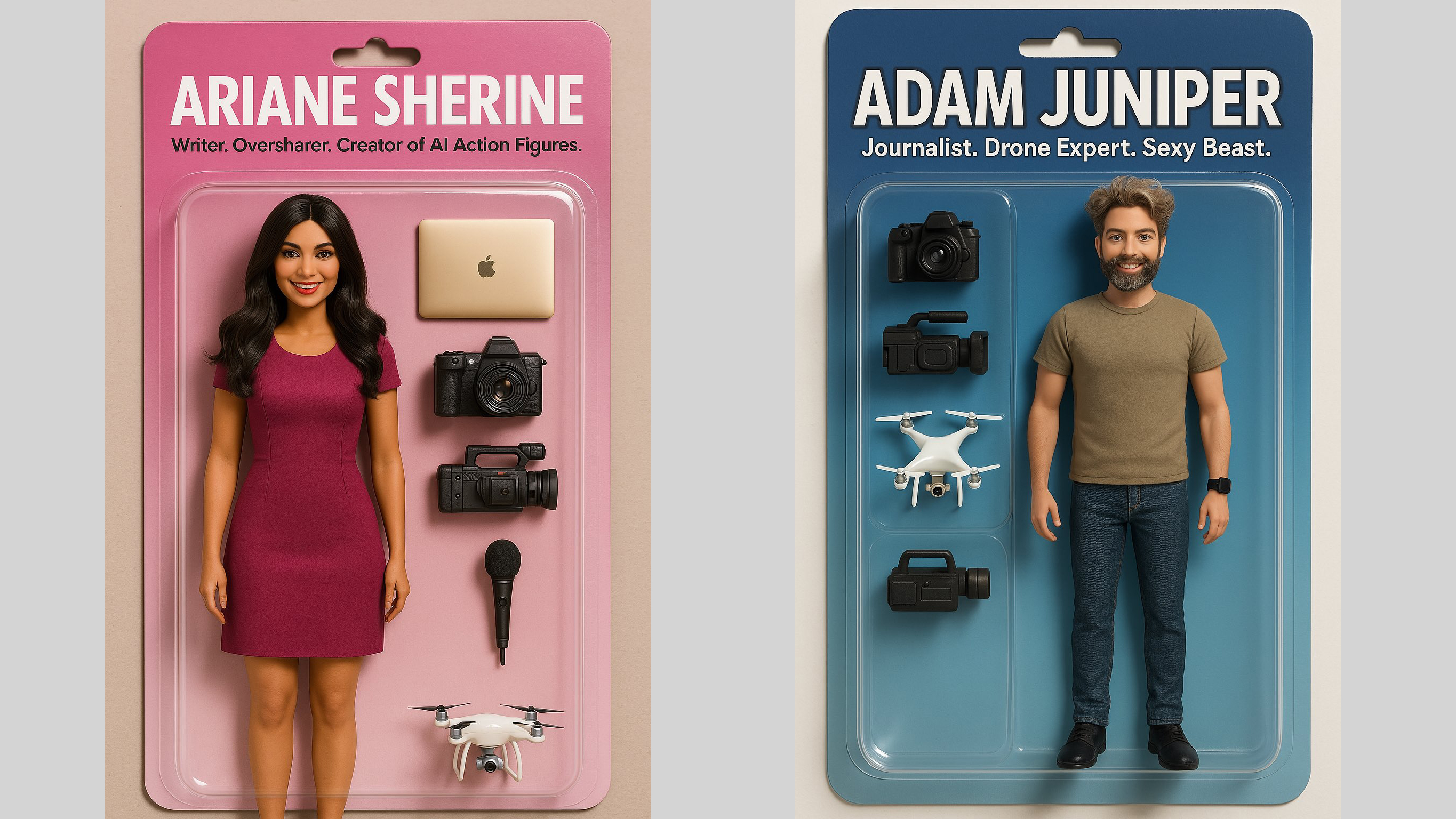The best lenses for the Sony A6700: top choices for shooting both stills and video
Join me as I pick out the best lenses for the Sony A6700, one of the top APS-C format hybrid stills and video cameras.

I’ve been a fan Sony’s A6000 series of cameras since the original model was launched over a decade ago. The Sony A6700 is the best yet, currently the latest in a long line of A6000-series cameras from Sony. I’d say that it’s Sony's top APS-C mirrorless model, taking over from the previous Sony A6600 and inheriting the 26MP sensor and plenty of advanced video features from the Sony FX30.
Naturally, the Sony A6700 isn’t just a camera for video. I’ve found that it delivers excellent image quality for stills and boasts all the benefits of Sony’s advanced autofocus technology, complete with AI subject recognition and tracking. Another top feature of the A6700 is that it has in-body image stabilization, which can make all the difference between getting the shot or not, in handheld shooting.
Taking all of these credentials into account, the Sony A6700 qualifies as one of the best hybrid cameras , and one of the best vlogging cameras as well. However, most of the best Sony lenses are for full-frame cameras, so the choice of dedicated APS-C E-mount optics is a little more limited. Even so, Sony has gone to great lengths to build its E-mount range over the years, offering professional-quality lenses along with more affordable options. And let’s not forget that Sony isn’t the only company making E-mount lenses. In this guide, I’ve included some best buys from the likes of Sigma and Tamron, as well as a lens from Viltrox that’s amazing value for money. Let’s crack on...
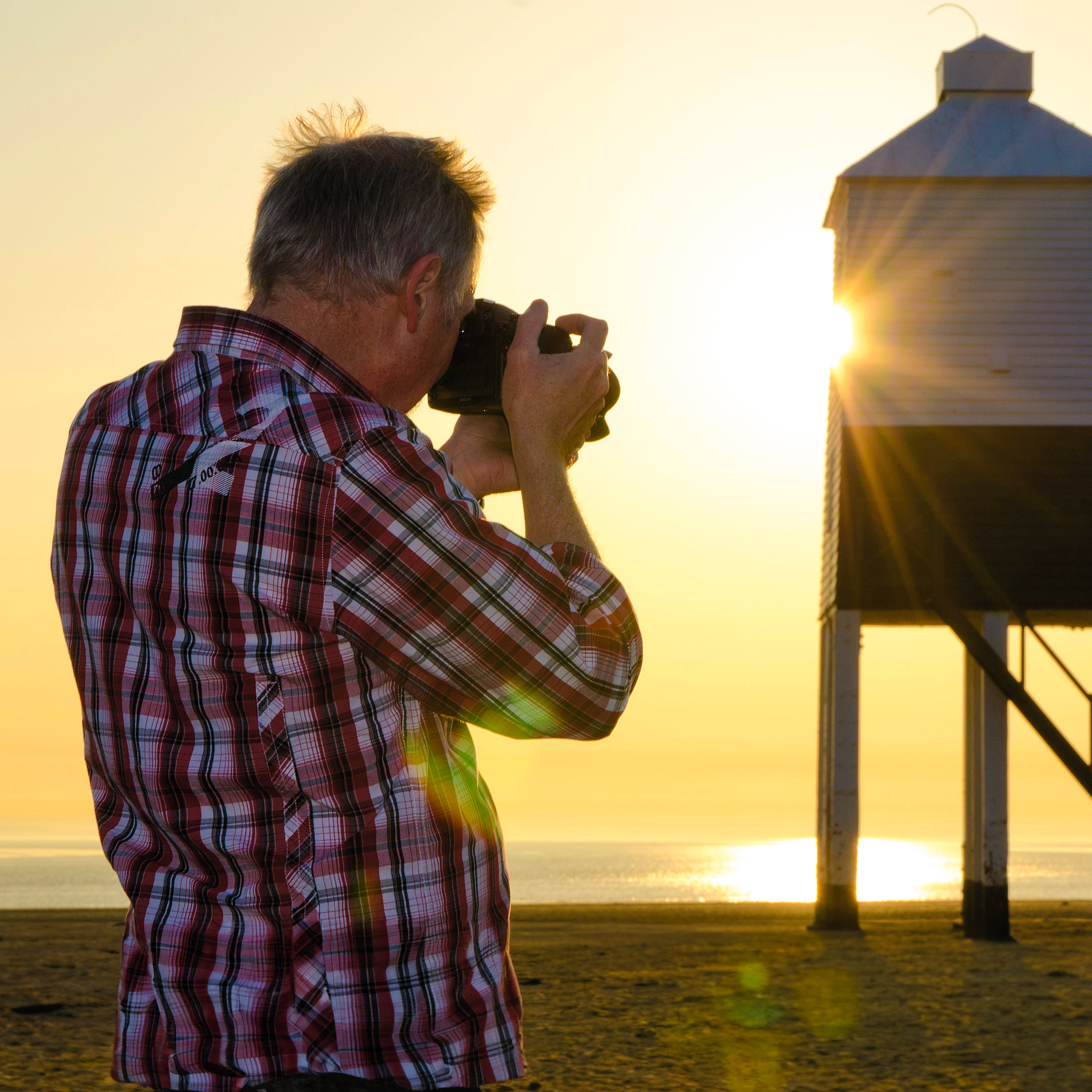
Rod is an independent photography journalist and editor, and a long-standing Digital Camera World contributor, having previously worked as DCW's Group Reviews Editor. He has used practically every interchangeable-lens camera launched in the past 20 years.
The Quick List

I feel that on the A6700, this lens reaches longer than a typical standard zoom, with a helpfully wide aperture and excellent center sharpness. Read more below…
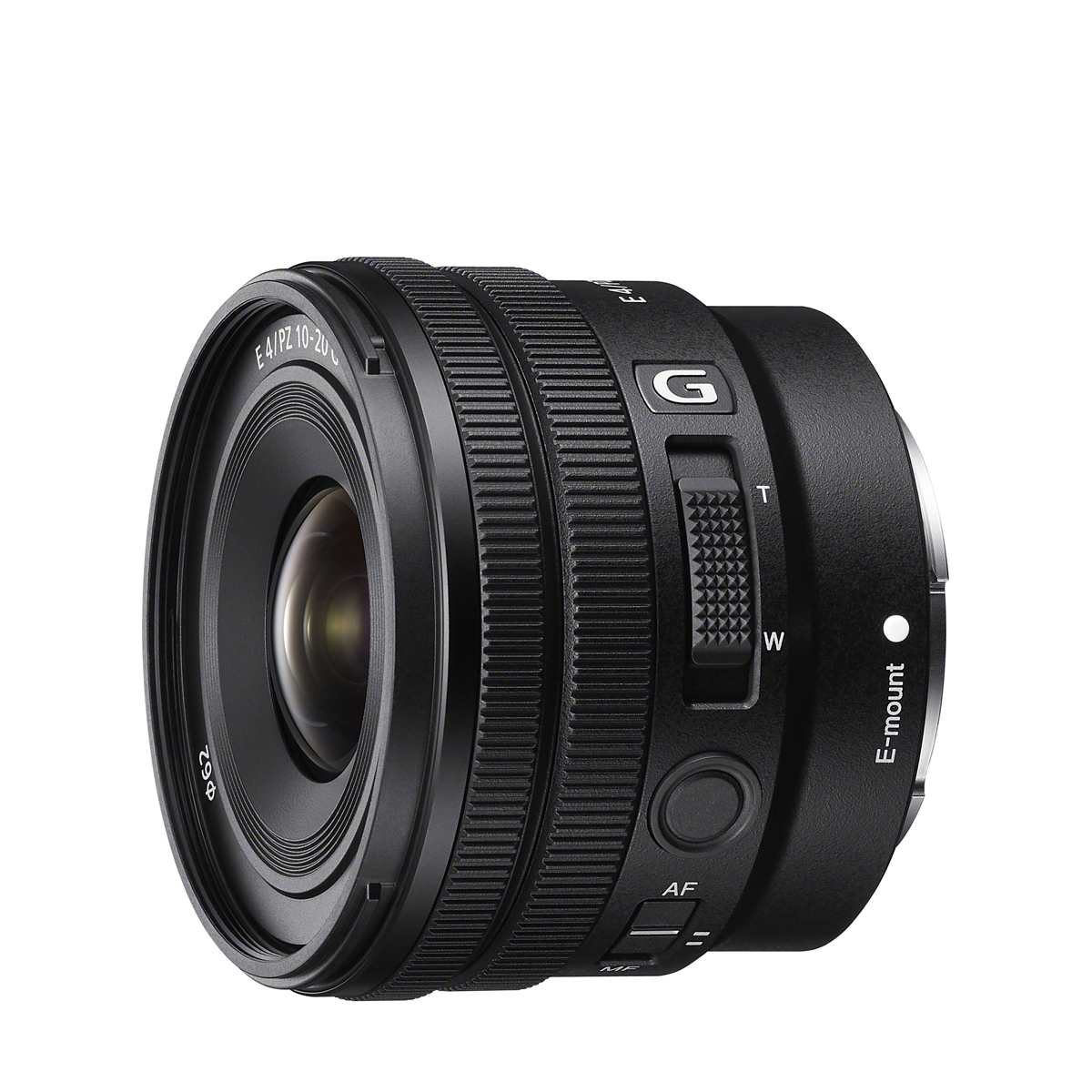
Wide-angle lenses aren’t just for capturing big scenes, and I really like that this one features power zoom which makes it very video-friendly. Read more below…
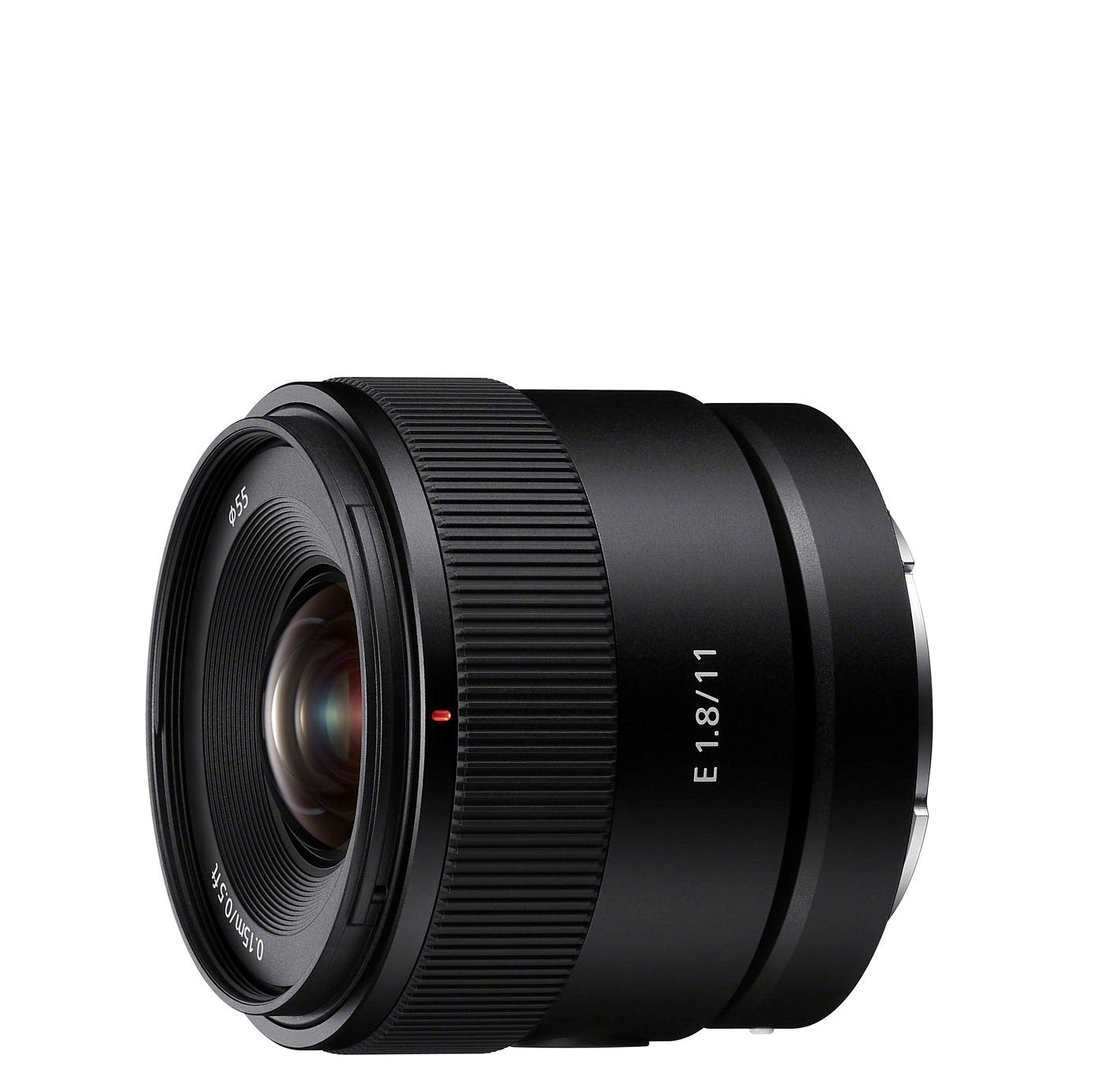
This prime gives you an equivalent focal length of 16mm on the A6700, which I find ideal for everything from landscapes to real estate and even astrophotography. Read more below…
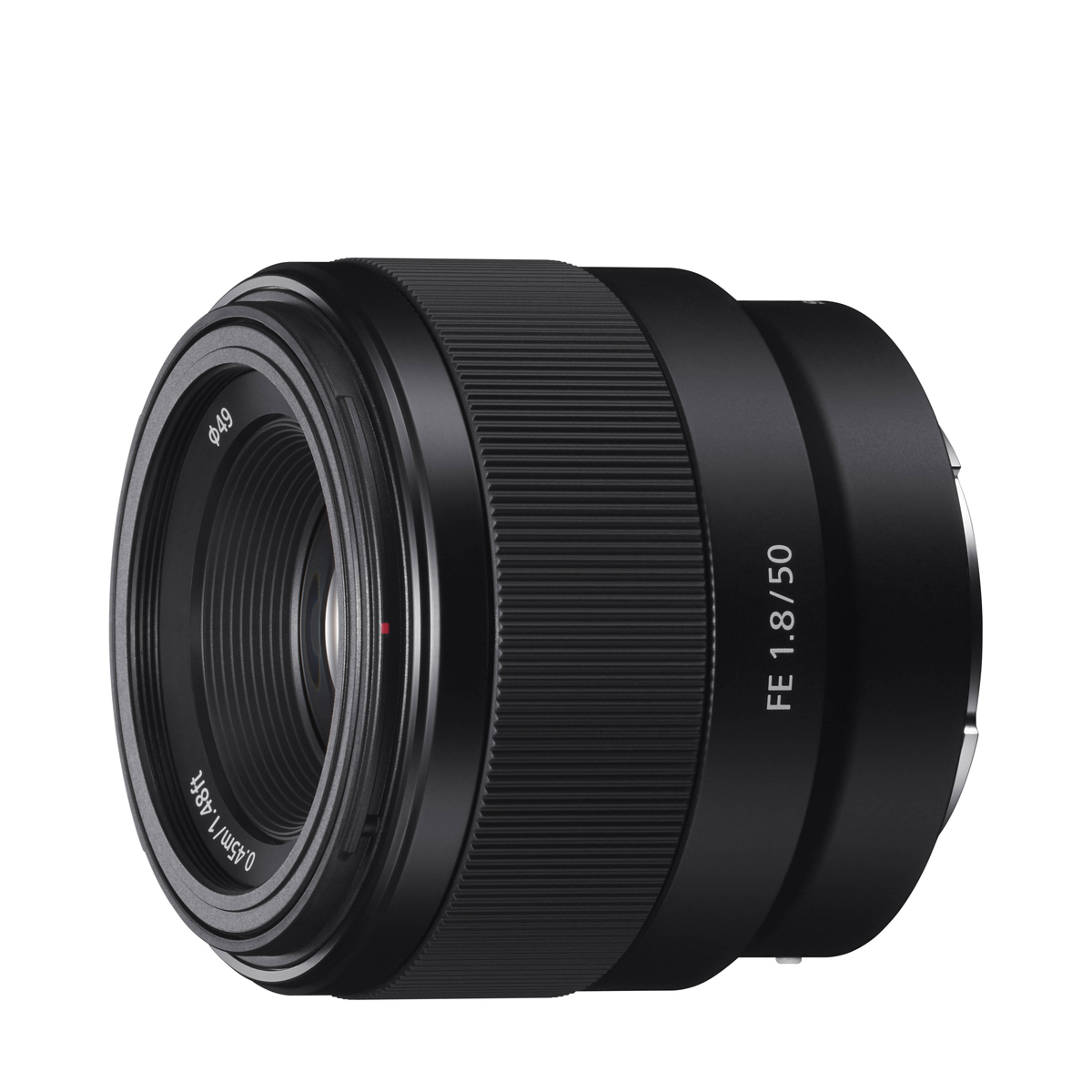
Adjusted for the A6700, this prime’s focal length is near-perfect for portraits, while the wide aperture and super sharpness deliver quality images. Read more below…
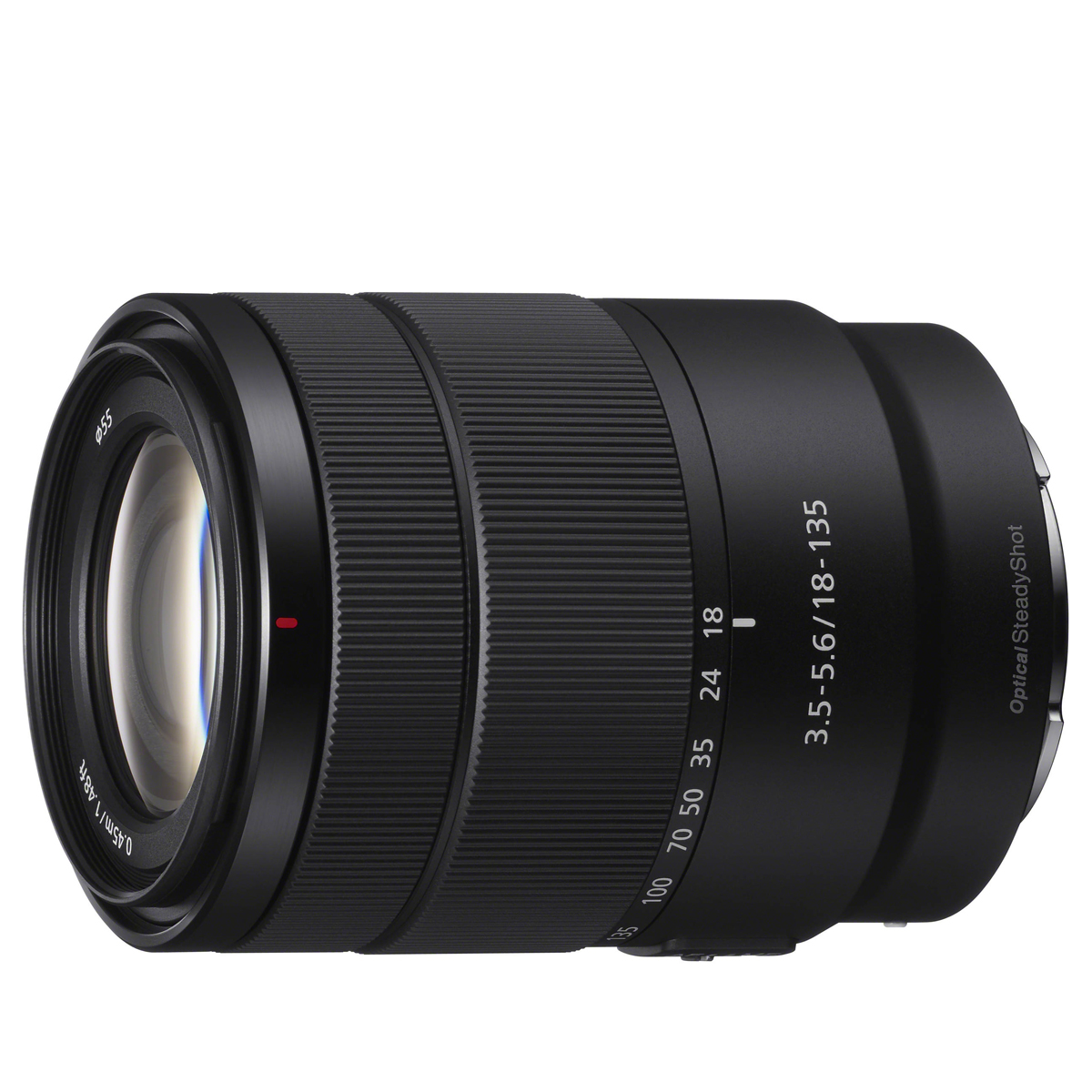
When a lens gives you a 7.5x zoom range without costing a great deal, you’d expect the quality to suffer – but this lens defies expectations. Read more below…
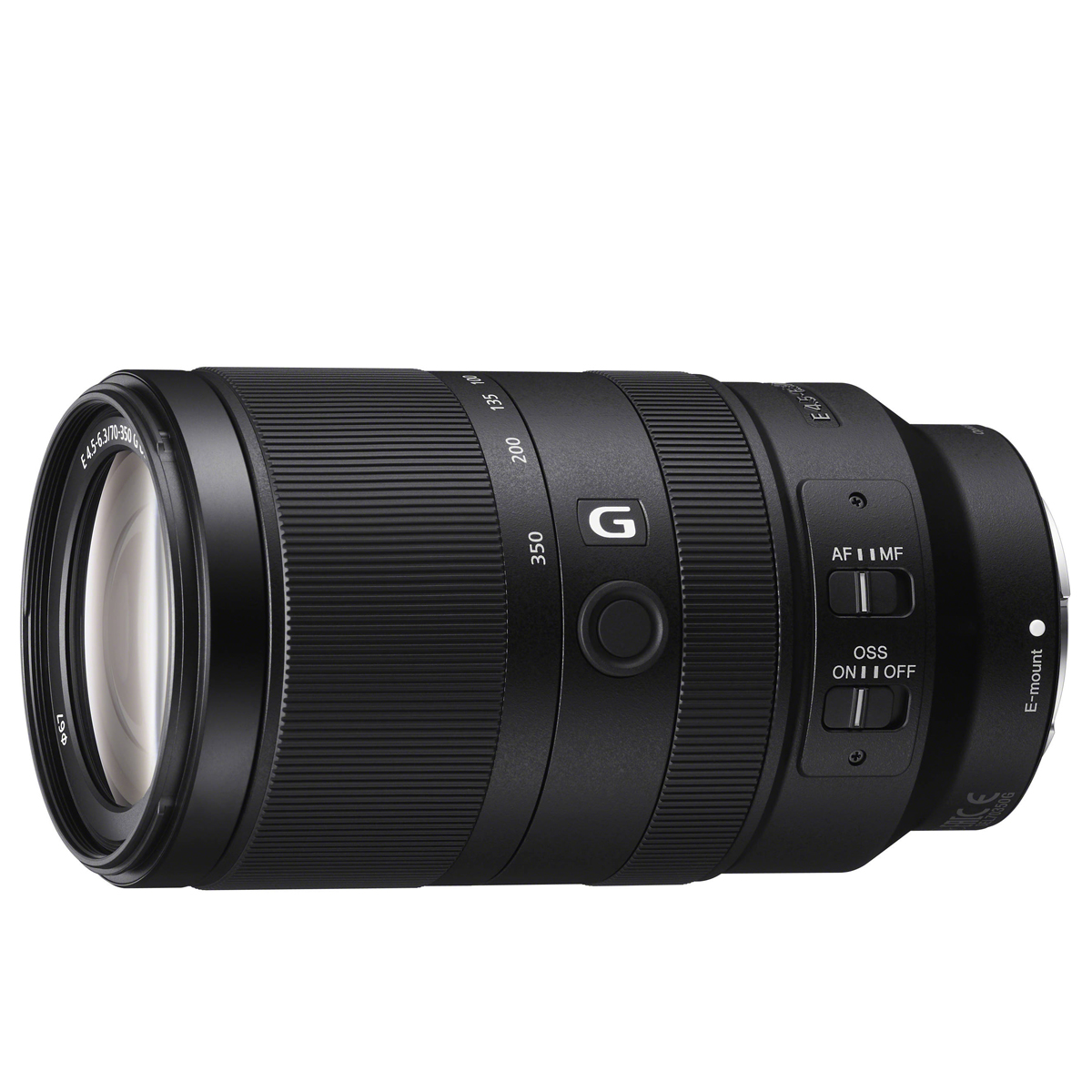
This zoom gets you closer to distant subjects, with a light build and strong optical performance we wouldn’t normally see at this price. Read more below…
View the full list ⤵
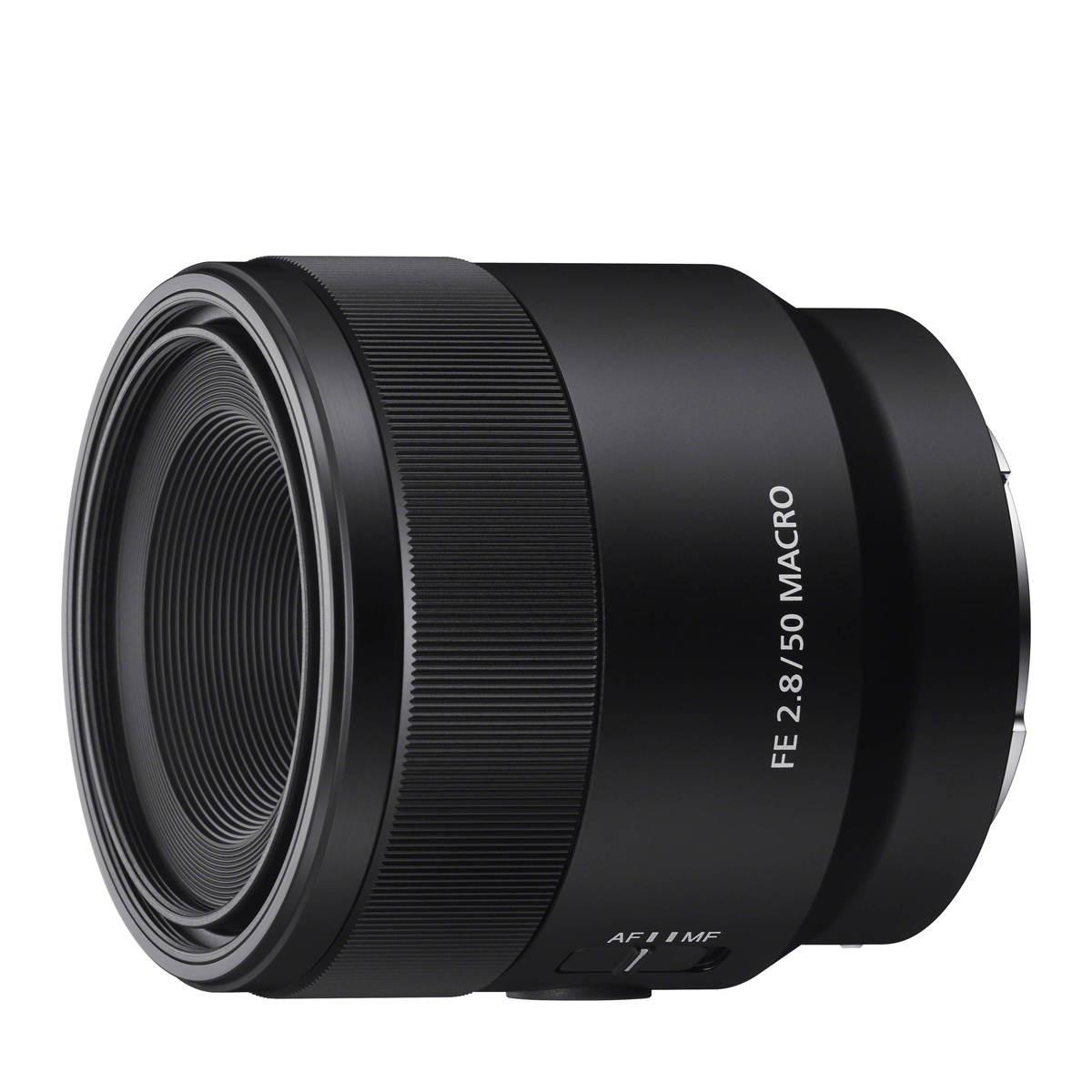
This prime brings you full-frame quality at an affordable price, with lifesize magnification to help you capture small-scale subjects. Read more below…
Best lenses for the Sony A6700
Why you can trust Digital Camera World
Best everyday lens for the A6700

Specifications
Reasons to buy
Reasons to avoid
If you’re looking for the best standard zoom lens to go with the A6700, this is it. The E 16-55mm f/2.8 G offers an equivalent focal range of 24-83mm in full-frame camera terms, and the constant f/2.8 maximum aperture is just what professionals have come to expect from premium zooms.
On the downside, this lens is both heavy and expensive. The Sony A6700 is in itself relatively compact, so this combination will seem somewhat front-heavy. There’s also no in-built image stabilization – although this doesn’t matter particularly on the A6700, which has its own in-body stabilization. The center sharpness is excellent throughout, although the corner sharpness is only average at the longest zoom setting.
Read more: Sony E 16-55mm f/2.8 G review
Best wide-angle zoom for the A6700
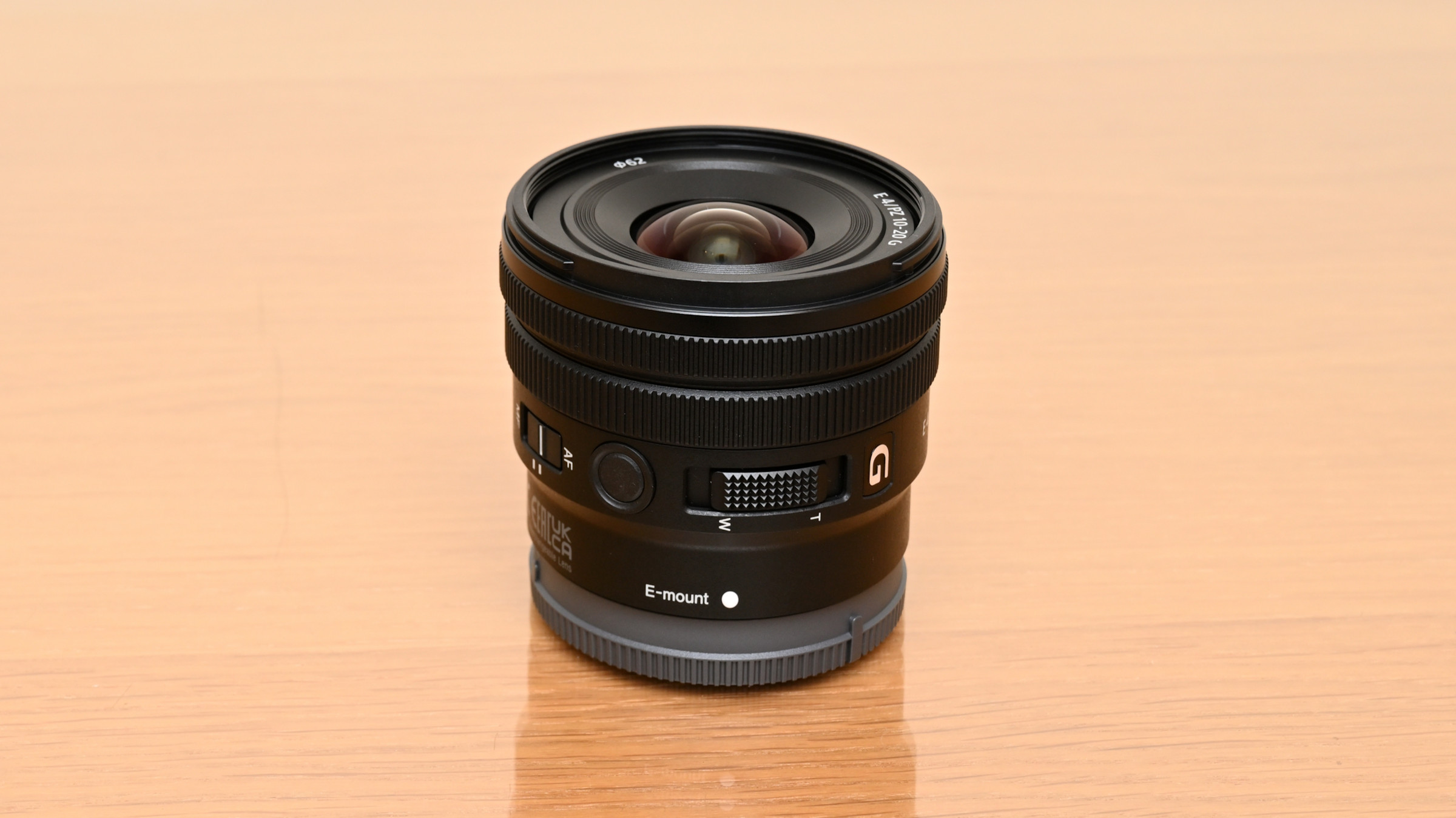
Specifications
Reasons to buy
Reasons to avoid
This new Sony E 10-20mm f/4 PZ G seems to have completely replaced the older Sony E 10-18mm f/4 OSS ultra-wide zoom, ditching optical stabilization in favor of a slight increase in the maximum focal length and a power zoom. This lens is clearly designed for the video/vlogging market, and its small size, light weight and wide angle of view (15-30mm equivalent) will make it perfect for use on a gimbal or grip for self-filming.
The optical performance is pretty outstanding too, so while the power zoom feature isn’t ideal for stills photography, this is still a highly desirable lens for photographers as well as filmmakers.
Read more: Sony E 10-20mm f/4 PZ G review
Best wide-angle prime for the A6700

Specifications
Reasons to buy
Reasons to avoid
A small lens with a big heart and a big viewing angle, I love how this Sony 11mm shoehorns so much into the image frame. I find it ideal for everything from cramped architectural interiors to sweeping landscape vistas and cityscapes, while its fast f/1.8 aperture makes it equally adept for astrophotography. Buy one and it won’t be long before you wondered how you ever managed without it.
I really like that the lens is designed to be equally adept at shooting stills and movies, boasting two linear stepping motors that deliver super-fast autofocus for stills and smooth, virtually silent focus transitions for movies. The minimum focus distance of 0.15m shrinks to just 0.12m in manual focus mode, delivering a tight depth of field at f/1.8 for close-ups or using the lens for vlogging. Handling benefits from an AF/MF switch is featured and a customizable autofocus-hold button.
I also like that the lens is neatly compact and lightweight, ideally suited to slimline Sony A6000-series camera bodies. Even so, it packs quality glass including three aspherical elements and three ED (Extra-low Dispersion) elements to optimize image quality, while build quality is convincingly robust, featuring multiple weather-seals.
Read more: Sony E 11mm f/1.8 review
Best portrait lens for the A6700
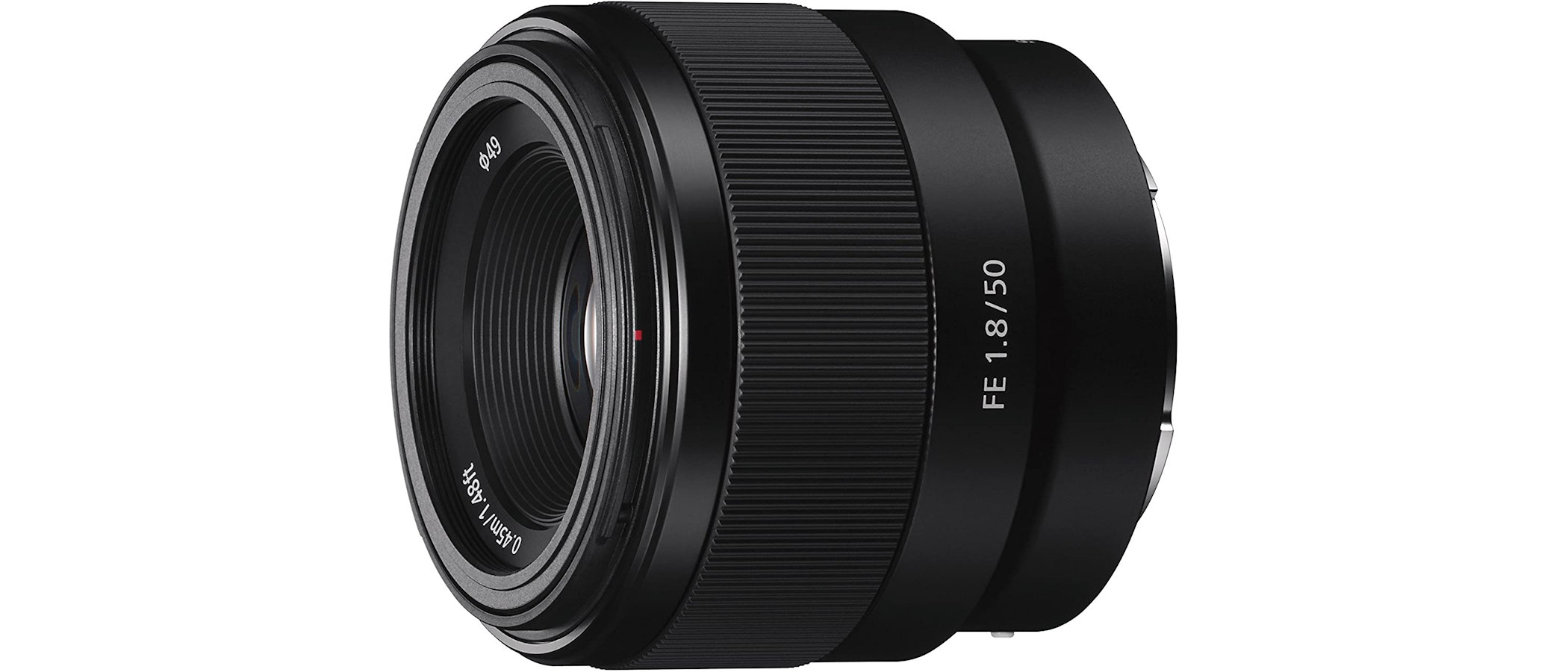
Specifications
Reasons to buy
Reasons to avoid
The FE 50mm f/1.8 is a ‘nifty fifty’ for Sony full-frame cameras, but on the A6700, it delivers an equivalent focal length of 75mm – which, in combination with its f/1.8 maximum aperture, makes this a great ‘portrait’ lens for this camera. The optical performance is impressive given this lens’s low cost, with very good center and edge sharpness if you stop down just a little and nice smooth bokeh when used wide open.
Read more: Sony FE 50mm f/1.8 review
Best superzoom lens for the A6700
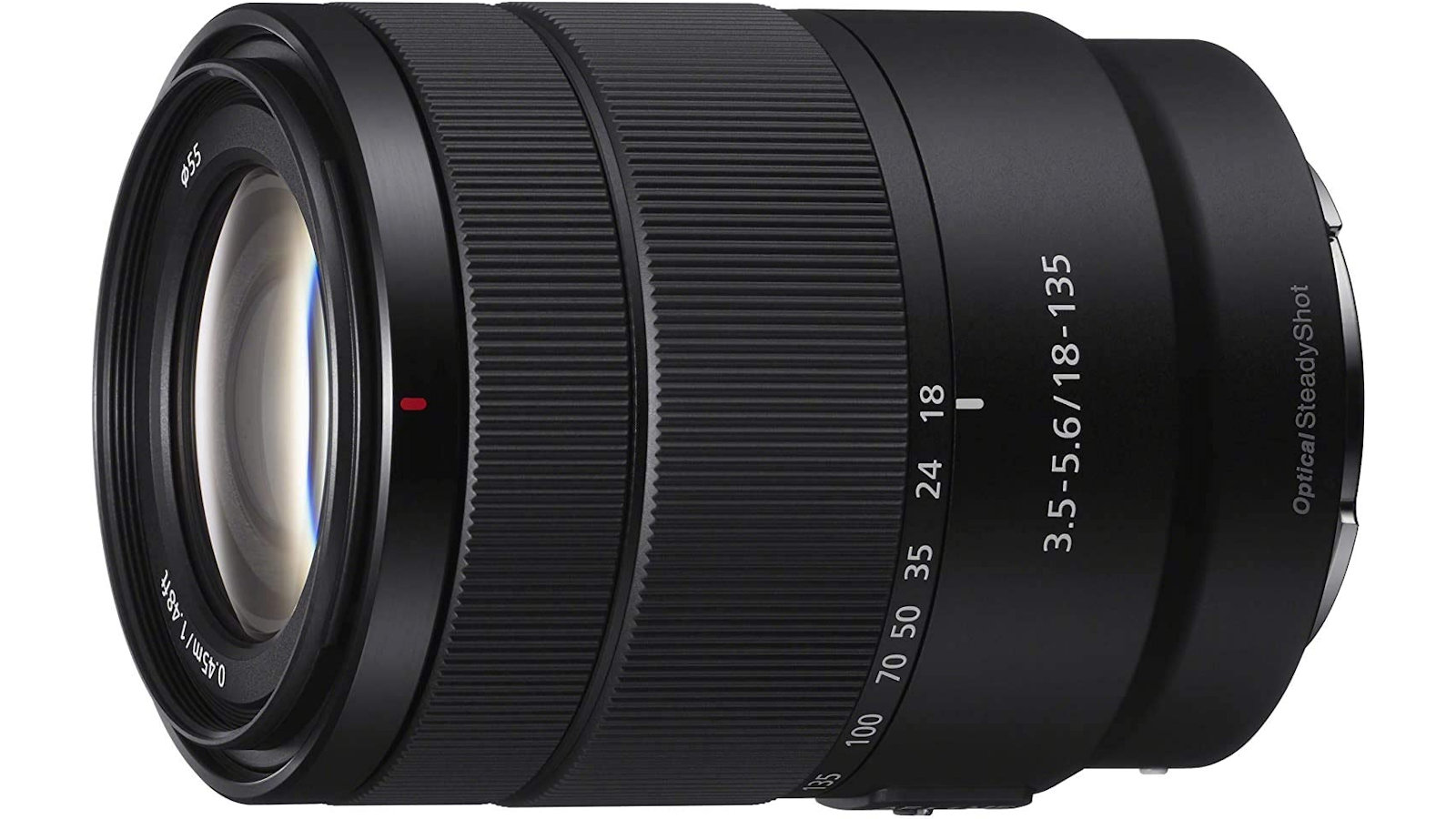
Specifications
Reasons to buy
Reasons to avoid
Normally, consumer-level ‘long’ standard zooms are pretty average in both performance and handling, but the Sony E 18-135mm f/3.5-5.6 OSS punches well above its weight. On the A6700, its equivalent focal length is 27-202mm, taking you from wide-angle to telephoto without needing to swap lenses. The definition does fall off a little at longer focal lengths, but by nowhere near as much as we’re used to seeing with lenses of this focal range; and while the maximum aperture does drop to f/5.6 at full zoom, that’s still better than a lot of newer zooms.
This lens also quite light, very neat in its profile and handling and just a really nice lens to use. It doesn’t have the performance or the pro credentials of the Sony E 16-55mm f/2.8 G, but it’s a lot cheaper and, it’s own way, rather more likeable.
Read more: Sony E 18-135mm f/3.5-5.6 OSS review
Best telephoto lens for the A6700
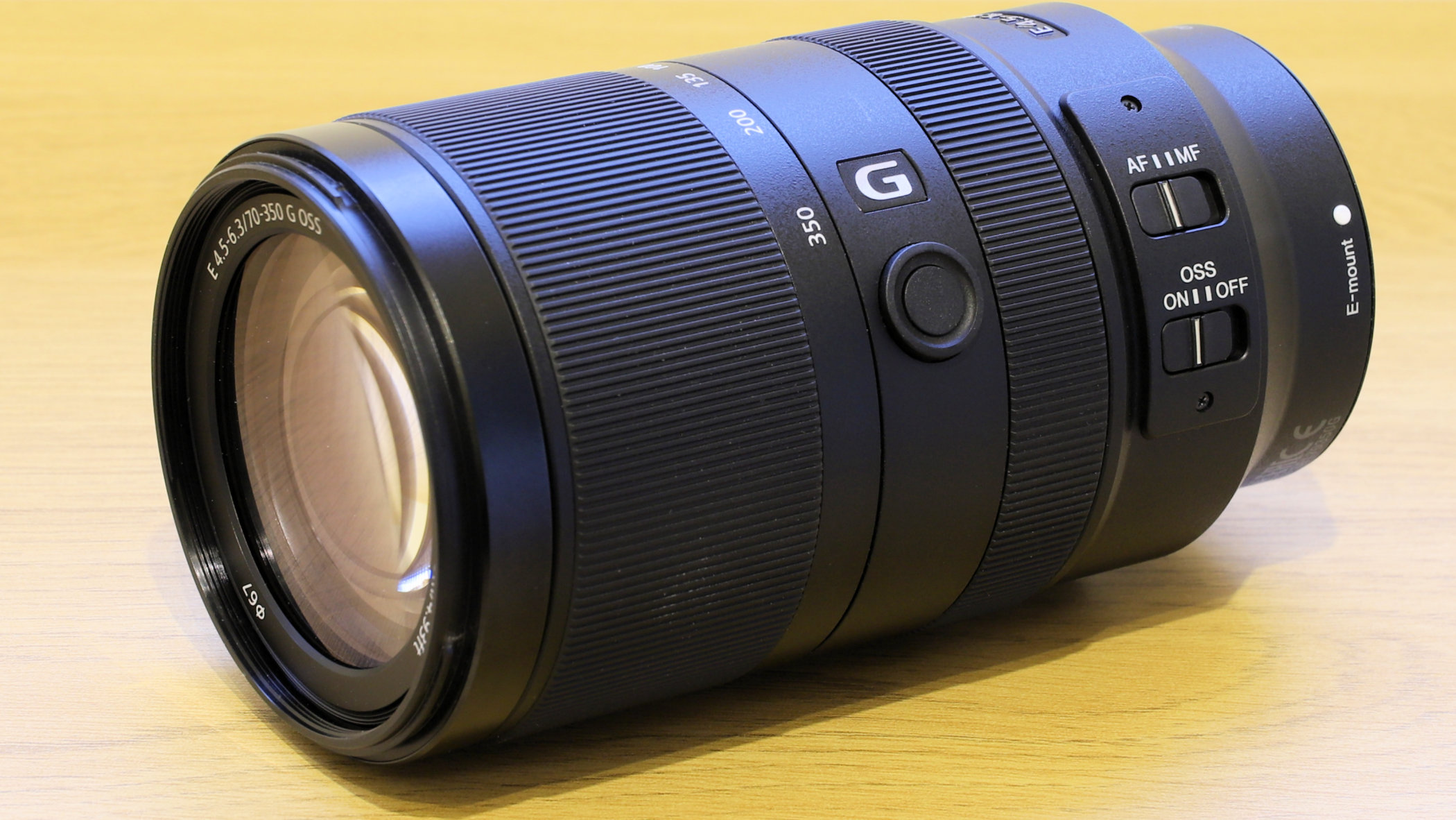
Specifications
Reasons to buy
Reasons to avoid
If you’re into sports and wildlife photography, you can choose from Sony’s range of full frame telephoto lenses and benefit from the extra reach of the Sony A6700’s smaller ‘crop’ sensor. The E 70-350mm f/4.5-6.3 G OSS is designed specifically for the APS-C format, so it’s a good deal cheaper and lighter – although these things are relative, and this is a fairly expensive lens given its relatively modest specifications. However, its optical performance is very good – certainly better than we’re used to seeing from ‘consumer’ telephoto zooms.
Read more: Sony E 70-350mm f/4.5-6.3 G OSS review
Best macro lens for the A6700
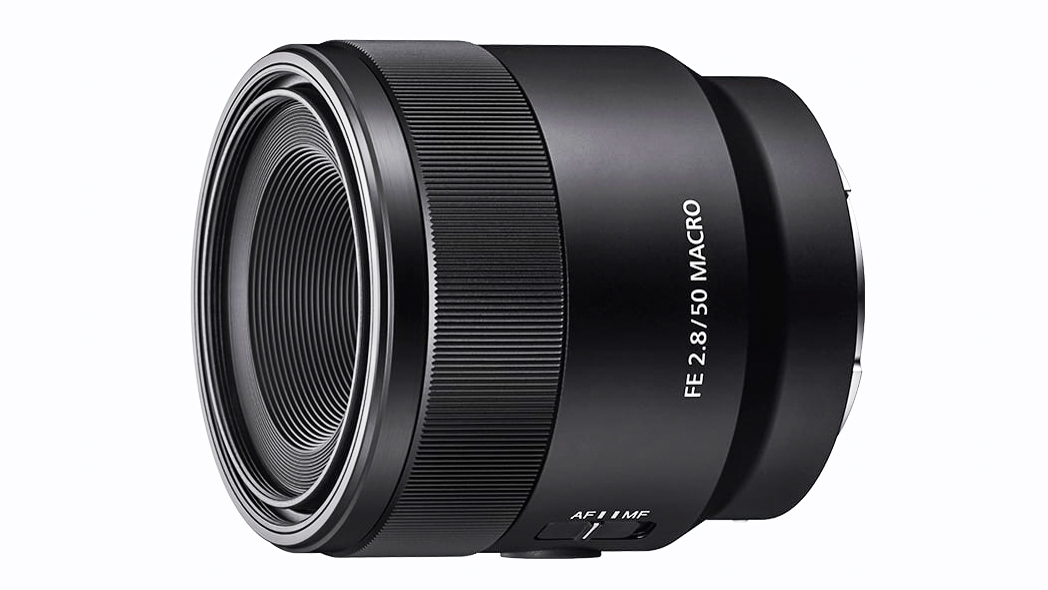
Specifications
Reasons to buy
Reasons to avoid
The FE 50mm f/2.8 Macro is designed as an affordable macro lens for Sony’s full-frame cameras, but it’s also a very interesting choice for the Sony A6700, where its effective 75mm focal length is no disadvantage at all – in fact, the smaller sensor size will make tiny subjects appear even bigger (although, in strict macro terms, the reproduction ratio is still 1:1). The only thing against it for general use, I discovered, is that the autofocus is not very fast.
Read more: Sony FE 50mm f/2.8 Macro review
Lab data and comparisons
The graphs below show the comparative performance of the lenses in this guide, based on our in-house lab tests. The full-frame compatible Sony FE 50mm lenses in the group both have standout performance for sharpness, and the APS-C format E 18mm also does very well. By contrast, the Sony E 18mm shows pretty extreme barrel distortion but as with many lenses designed for mirrorless cameras, automatic in-camera correction takes care of this aberration.
Scores for sharpness and color fringing are averaged from data taken across the entire image frame, from the center to the edges and corners, throughout the aperture range. For zoom lenses, the scores are also averaged from data measured at all marked focal lengths, and the same applies to distortion. Bear in mind that these average values don't fully reflect specific areas of performance. For example, a zoom lens might have noticeable barrel distortion at its shortest focal length, which is less obvious when everything is averaged out. For more detailed graphs of each lens's performance, take a look at the graphs published in our full standalone reviews.
How to choose the best lens for the Sony A6700
The A6700, like all A6000-series cameras, uses the Sony E lens mount. Sony’s own E-mount lenses have either FE or E in their model names: all work on the A6700. Very broadly speaking, an FE lens will be heavier and more expensive than an equivalent E lens, but deliver better image quality. E lenses (again very broadly) will tend to be smaller and lighter.
For shooting at shorter focal lengths and wider angles of view – specifically kit lenses or ultra-wide zooms – you are probably better off with an E lens. The APS-C crop factor of the A6700 means that FE lenses offer a reduced angle of view, curtailing their wide-angle capability with the smaller sensor.
If you are buying a third-party E-mount lens, check whether the lens is designed for use with APS-C Sony cameras like the A6700, or with full-frame Sonys.
Check out our guide to the best Sony lenses if you want to know more
How we test lenses
The lens experts in our testing lab run a range of tests under controlled conditions, using the Imatest Master testing suite. Photos of test charts are taken across the range of apertures and zooms (where available), then analyzed for sharpness, distortion and chromatic aberrations.
We use Imatest SFR (spatial frequency response) charts and analysis software to plot lens resolution at the centre of the image frame, corners and mid-point distances, across the range of aperture settings and, with zoom lenses, at four different focal lengths.
There's more to it than just the technical side, though! Beyond the lab, our reviewers test lenses in real-world environments – and sometimes on professional shoots! We work with lenses both indoors and outdoors, in studio conditions and in natural light, with as many different subjects as is possible (or appropriate – there's no point testing a landscape lens' ability to shoot a portrait!).
We take into account everything from handling and ease of use to speed of autofocus and the overall quality of the images produced.
Find out more about how we test and review on Digital Camera World
Get the Digital Camera World Newsletter
The best camera deals, reviews, product advice, and unmissable photography news, direct to your inbox!

Rod is an independent photography journalist and editor, and a long-standing Digital Camera World contributor, having previously worked as DCW's Group Reviews editor. Before that he has been technique editor on N-Photo, Head of Testing for the photography division and Camera Channel editor on TechRadar, as well as contributing to many other publications. He has been writing about photography technique, photo editing and digital cameras since they first appeared, and before that began his career writing about film photography. He has used and reviewed practically every interchangeable lens camera launched in the past 20 years, from entry-level DSLRs to medium format cameras, together with lenses, tripods, gimbals, light meters, camera bags and more. Rod has his own camera gear blog at fotovolo.com but also writes about photo-editing applications and techniques at lifeafterphotoshop.com
